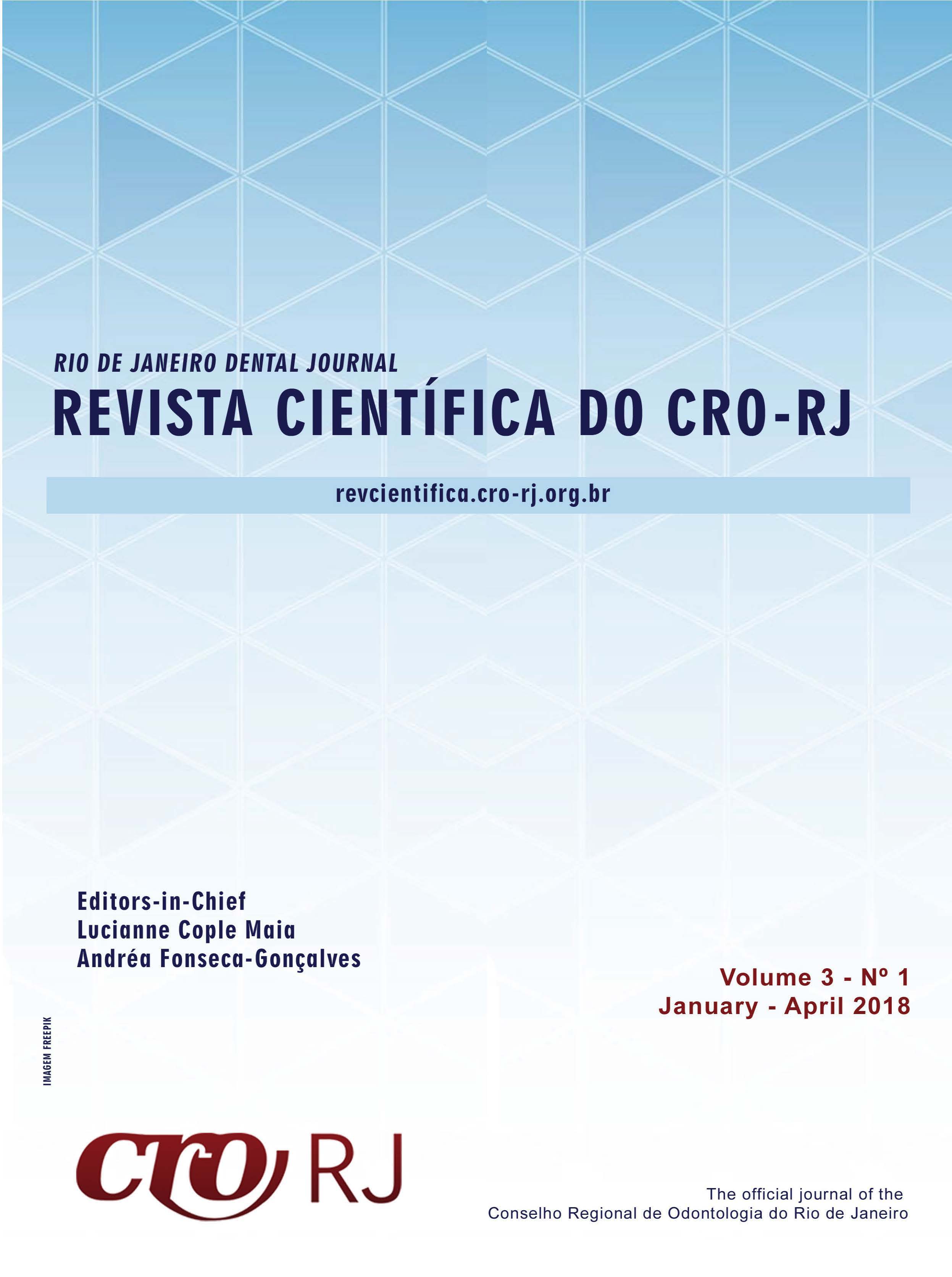Non-surgical periodontal treatment: clinical and microscopic evaluation
Palavras-chave:
Scalling and root planning, optical eleandctronic microscopy.Resumo
NON SURGICAL PERIODONTAL TREATMENT. CLINICAL AND MICROSCOPIC EVALUATION.
OBJECTIVE: To compare the effectiveness of two combined non-surgical periodontal therapies from an analysis of the treated tooth surface using optical microscope (MO) and scanning electron microscope (MEB).
MATERIALS AND METHODS: In a previous study (Funosas et al, SAIO 2009) it was established that dental pieces subjected to root scaling by using Gracey curettes, Sonic Instruments (Titan S®), Magnetorestrictive Ultrasonic Instruments (Cavitron Bobcat®) and Piezoelectric Ultrasound did not show statistically significant differences to the residual calculus observed by optical microscopy (MO), whereas with scanning electron microscopy (MEB) a greater cement detachment was observed in the piezoelectric ultrasound group. Thirty patients were selected with moderate to severe periodontal disease and indicated at least one piece for extraction due to poor prognosis. A clinical study with a split-mouth, randomized, double-blind design was performed. Two combined treatment modalities were compared: Cavitron Bobcat® + completion with Gracey Curettes (G1) and EMS + completion with Gracey curettes (G2). The instrumentation was performed until a smooth surface was obtained and no residual calculus was present, which was verified by a periodontal probe. The extracted pieces were analyzed by MO and MEB. Periodontal variables: Plaque index (PI), bleeding on probing (HS), probing pocket depth (PS), clinical insertion level (NIC), gingival recession (RG) were observed before treatment, 3 and 6 months later. The operative time (Tpd) for each method was also analyzed. The results were compared by ANOVA followed by the Tukey test, setting the significance value with p <0.05.show statistically significant quantitative or qualitative variations.
RESULTS: IP, HS, PS, NIC performed similarly in both groups. RG determined in mm was for G1 (0,31) and for G2 (0,46). Tpd in minutes per tooth was for G1 (3.21) and for G2 (3.12).
CONCLUSIONS: Both treatment modalities favored the resolution of periodontal disease. Piezoelectric instrumentation combined with Gracey curettes produced greater gingival recessions. The surfaces analyzed by MO and MEB did not
KEY WORDS: Scalling and root planning, optical and electronic microscopy.


